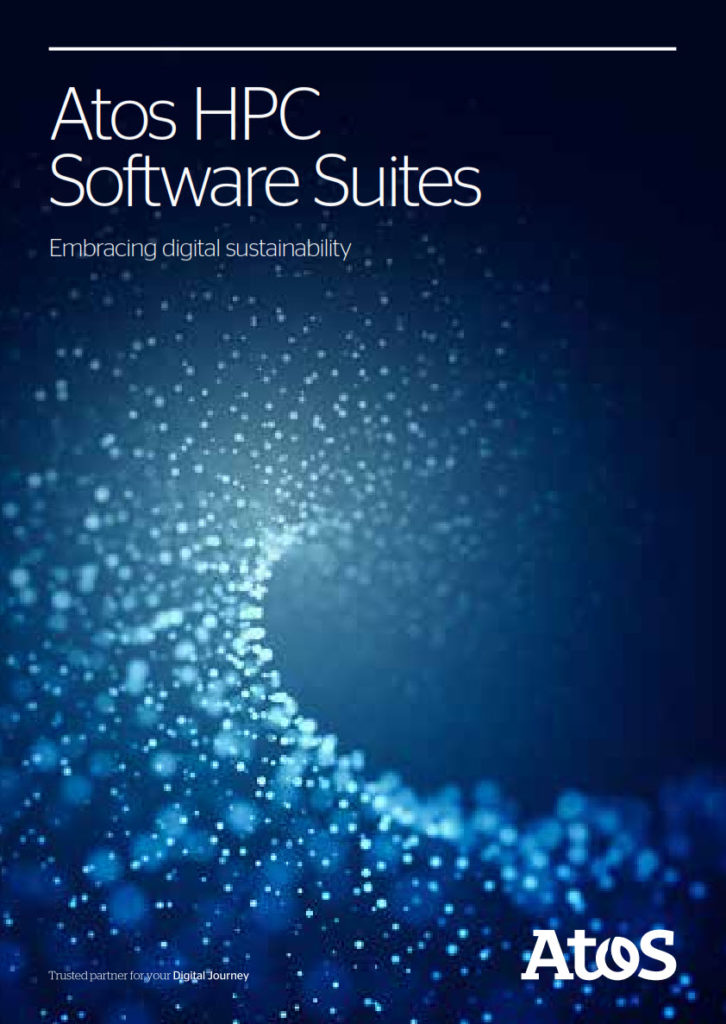July 10, 2024 — The U.S. Department of Energy’s Advanced Scientific Computing Research (ASCR) program has announced a Monday July 22 deadline (11:59 pm ET) for position papers for a workship on neuromorphic computing for science. The workshop website can be found here. Notification of position acceptance will be issues on Friday, Aug. 2. For […]
July 22 Deadline for ASCR Call for Papers: Workshop on Neuromorphic Computing for Science
Neuromorphic Company Innatera Attracts $21M in Series A Funding
DELFT, NETHERLANDS, 27 June, 2024 — Neuromorphic processor company Innatera, a spin-off from the Delft University of Technology in the Netherlands, has announced the oversubscription of its Series A funding round, securing capital totaling $21 million. This amount includes the initial Series A investment of $16 million that the company announced in March this year, […]
HPC News Bytes 20240429: Exorbitant AI Infra-Tech, Advanced Chips in China, Neuromorphic HPC, an AI Bubble?
A good mid-spring morn to you! You’re invited to join Shahin and Doug on a jaunt (6:04) through recent HPC-AI developments, including: AI infra-tech’s booming costs and data center scarcity problems, a possibe AI bubble ….
CEA-Leti Presents RRAM’s ‘Promising Advantages’ For Neuromorphic/In-Memory Computing at IEDM 2022
SAN FRANCISCO – Dec. 7, 2022 – A CEA-Leti tutorial presented at IEDM 2022 highlighted promising advantages that resistive random-access memory (RRAM) technologies hold for implementing novel neuromorphic/in-memory computing systems for massively parallel, low-power and low-latency computation. In a presentation titled “Resistive Memories-Based Concepts for Neuromorphic Computing”, Elisa Vianello, CEA-Leti’s edge AI program manager, said RRAMs, aka memristors, offer advantages […]
CEA-Leti: Neuromorphic Device Uses Up to ‘5 Orders of Magnitude’ Less Energy
GRENOBLE, France – July 7, 2022 – Technical research institute CEA-Leti announced it has developed an event-driven, object-localization system that couples piezoelectric, ultrasound transducer sensors to a neuromorphic, resistive memories-based computational map. Presented in a paper published recently in Nature Communications, the research team describes development of an auditory-processing system that increases energy efficiency by up […]
Intel Launches 2nd Loihi Neuromorphic Chip; LANL Investigating ‘Trade-offs’ Between Quantum and Neuromorphic Computing
Intel today released an update on its neuromorphic computing strategy, introducing Loihi 2, its second-generation neuromorphic research chip, and Lava, an open-source software framework for developing “neuro-inspired” applications. Intel said Loihi 2 incorporates learnings from three years of use with the first-generation Loihi chip and leverages progress in Intel’s process technology and asynchronous design methods. The new […]
Intel and Accenture Support Neuromorphic Research Project for Wheelchair-Bound Pediatric Patients
Intel and Accenture today announced support for an Intel Neuromorphic Research Community (INRC) project led by the Neuro-Biomorphic Engineering Lab at the Open University of Israel in collaboration with ALYN Hospital. Using funding and technology support from Accenture, as well as Intel’s neuromorphic technology and algorithmic support from Applied Brain Research (ABR), the Israeli research […]
New Memristors at MIT: Networks of Artificial Brain Synapses for Neuromorphic Devices
A possible glimpse at a future form of high performance edge computing – networks of artificial brain synapses – developed by engineers at the Massachusetts Institute of Technology is showing promise as a new memristor design for neuromorphic devices, which mimic the neural architecture in the human brain. Published today in Nature Nanotechnology, results of […]
Using Magnetic Circuits for Energy Efficient Big Data Processing
Researchers at the Cockrell School of Engineering at The University of Texas at Austin have found a way to make the new generation of smart computers more energy efficient. “Traditionally, silicon chips have formed the building blocks of the infrastructure that powers computers. But this research uses magnetic components instead of silicon and discovers new information about how the physics of the magnetic components can cut energy costs and requirements of training algorithms — neural networks that can think like humans and do things like recognize images and patterns.”
Intel Scales Neuromorphic System to 100 Million Neurons
Today Intel unveiled Pohoiki Springs, its latest and most powerful neuromorphic research system providing the computational capacity of 100 million neurons. “Pohoiki Springs scales up our Loihi neuromorphic research chip by more than 750 times, while operating at a power level of under 500 watts,” said Mike Davies, director of Intel’s Neuromorphic Computing Lab. “The system enables our research partners to explore ways to accelerate workloads that run slowly today on conventional architectures, including high-performance computing (HPC) systems.”











